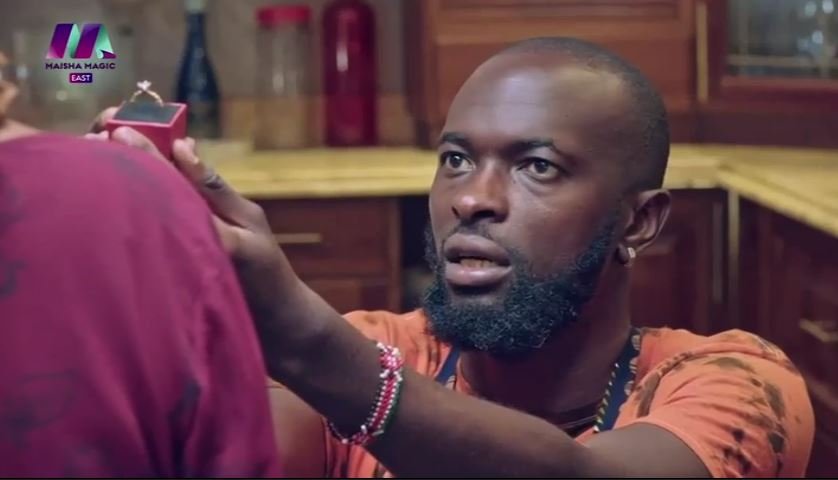Why the Evercoss GenPro Z Is Underrated — And Why It Still Offers Good Value
What Makes the GenPro Z Stand Out
The Evercoss GenPro Z offers features that often get ignored because the phone is older or not from a major global brand. But for many everyday users, these features matter more than just flashy specs. Key strengths of the GenPro Z include:
- Solid Display – It comes with a 5.5-inch IPS display, with Full HD resolution (1920×1080) in several listings. (whatismyphone.net)
- Good Memory and Storage for Its Tier – The phone offers 4 GB RAM and 32 GB internal storage, which is generous compared to many budget phones in the same age range. Micro-SD expansion is supported. (whatismyphone.net)
- Decent Cameras – Rear camera is 13 MP, with LED flash. The selfie camera is also strong in some versions (13 MP) depending on market. (whatismyphone.net)
- Balanced Performance – It uses the MediaTek MT6750T chipset, which while not cutting edge, offers decent performance for tasks like social media, video playback, browsing and lighter apps. (whatismyphone.net)
- Everyday Essentials – Dual SIM support, 4G LTE connectivity, micro-USB, 3.5 mm jack, Fingerprint sensor in some variants. These are features many users rely on. (NGONOO)
Where It Falls Short
To understand why it remains underrated, it’s helpful to see its limitations:
- Age & Software – It ships with Android 7.0 Nougat, which by many standards is outdated for today’s app demands and security updates. (IMEI Info)
- Battery Capacity – 3,000 mAh is decent, but with age the battery condition deteriorates, and newer phones often offer larger capacity or more efficient batteries. (IMEI Info)
- Camera Low-Light & Multimedia Limitations – While the cameras are good in daylight, performance in low light, video capture, or demanding apps tends to lag. Also lacks high-end video features.
- Market & Support Rarity – Because Evercoss is not a big brand in many countries outside its main markets, getting spare parts, firmware updates, or service might be harder in some places.
Why It’s Underrated — But Valuable
Many buyers judge phones by how powerful the processor is, how much RAM they have compared to the latest models, or whether they have flashy features. GenPro Z loses in those comparisons. But for people who:
- Use their phones mostly for calls, messaging, social media, photos, video streaming,
- Don’t need cutting edge gaming or very high resolution cameras,
- Want a phone that’s usable, affordable, with decent build and features,
then GenPro Z gives more than many expect. Because the cost for features like 4 GB RAM, Full HD screen, dual cameras, fingerprint scanner and LTE is spread out over older stock or used units, the value can be very good.
Current Price in Kenya
There are no reliable Kenyan-store listings found for brand new Evercoss GenPro Z units as of current searches. Imported or used units are more likely available via second-hand channels.
Based on international pricing and exchange estimates:
- In Indonesia, Blibli lists a GenPro Z (32 GB / 4 GB) around Rp 1,300,000 (~ USD 80-90 depending on promotions) in recent listings. (Blibli)
- Converting via approximate exchange rate (USD or Indonesian rupiah→KES) suggests a realistic landed cost in Kenya of KES 12,000 to KES 20,000 for used or refurbished units, depending on condition, battery health, seller margin, import/shipping and any taxes/duties.
If stock is brand new and imported, expect possibly higher, maybe KES 20,000-25,000, depending on rarity and condition.
Where It Might Be Bought From
To get a GenPro Z in Kenya, these are possible channels:
- Online marketplaces with international sellers such as eBay, AliExpress, or sites that handle refurbished/used electronics, especially those shipping from Southeast Asia or Indonesia.
- Kenyan second-hand / used phone platforms like Jiji.co.ke, Facebook Marketplace, or local dealers in Nairobi who import older phones. Inspect the condition especially battery, screen, original parts.
- Refurbished phone shops in large cities that might carry obscure or older models. Ask about warranty / return if possible.
- Import specialists / groups that sometimes bring in stock from Indonesia or Asia. They may facilitate bringing in a GenPro Z on request.
Conclusion
The Evercoss GenPro Z is underrated because it is not new, and its specs are modest relative to flagship or even mid-range phones of recent years. However, for moderate, everyday use—social apps, video streaming, decent photos, dual SIM, LTE—it offers more than what many expect, especially when bought used or refurbished at a good price. If you can find one in Kenya for around KES 12,000-20,000, it could be a smart value buy, especially for users who care more about functionality than prestige.
KINA MAISHA MAGIC EAST THURSDAY 9TH OCTOBER 2025 SEASON 5 EPISODE 114









You must be logged in to post a comment.